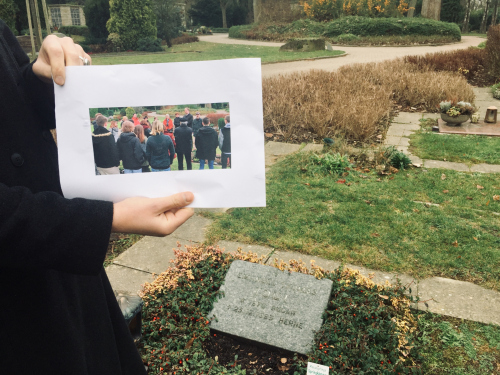
PROJECT
NECROPOLIS
On June 20, 2018, World Refugee Day, the British daily newspaper The Guardian released a list registering 34,361 deaths of refugees and migrants who have attempted to reach Europe since 1993. Such disasters are usually handled with a standardized almost automatic institutional response: pathologists and forensic experts are deployed to collect medical and biological data from bodies and from living relatives in order to enable identification. However, this procedure has not been followed for the victims of the current migration crisis at the gates of Europe.
At the bottom of the sea, on the shores, and inland, a mass of decomposed bodies and body parts tells the story of a collective whose ghost hovers over European territory. For their research, Arkadi Zaides and his team delve into the practice of forensics to conceive a new virtual database documenting the remains of those whose death is to this day mostly unacknowledged. This growing archive, this map, this site named NECROPOLIS is stretching in all directions across space and time, interrelating the mythologies, histories, geographies, movements, and anatomies of those who have been granted entrance to the city of the dead.